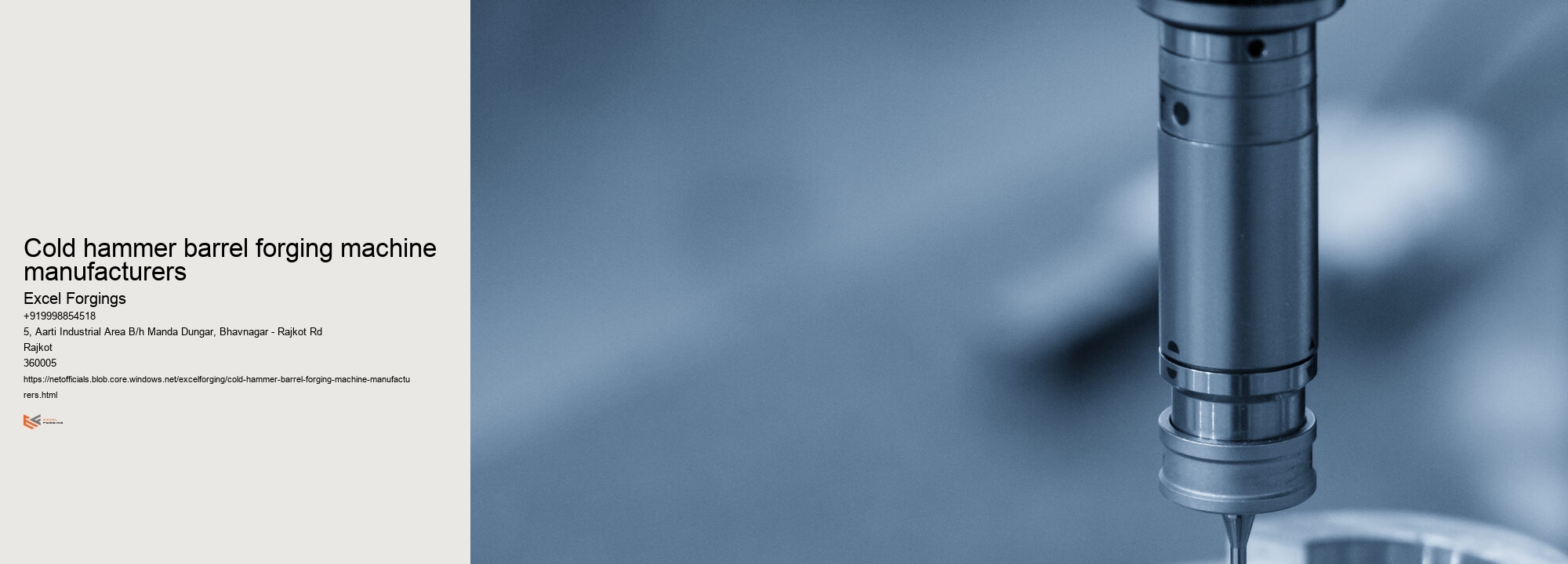


Metallurgical considerations for forgings include factors such as alloy selection, grain structure, heat treatment process and metallographic analysis. Alloy selection is important because the correct material must be used to ensure proper forging strength and ductility. Grain structure also plays an important role in the performance of a forged component; thus, preparation techniques such as austenitizing and tempering are used to refine the grain size prior to forging. Similarly, metallographic analysis help determine the microstructure of metal after forging so that any issues can be addressed before final product is delivered. Finally, some materials require additional processing steps such as quenching or pressure testing after they are forged in order to achieve desired properties. Ultimately, it is essential that all these factors are taken into account when choosing a suitable material for forge components.
Forgings typically require specific properties depending on the application, including ductility, strength and hardness. The mechanical properties of forgings are determined by the material used to make them, the type of forging process used (such as closed-die forging or open-die forging), and any heat treatment applied after forming. Generally speaking, forgings possess higher tensile strength compared to casted materials due to their more homogeneous microstructures. Additionally, forged parts usually have superior fatigue resistance and impact toughness when compared with castings.
The surface finish requirements for forgings depend on the application of the forging. Depending on this, the surface finish may need to be smooth and free of irregularities, or it may require a rough or textured finish. For some applications, a machined or polished finish is required. The choice of surface treatment method will also vary depending on the application; sand-blasting and chemical etching are some common treatments used to create specific finishes on forgings.